
Alex Van Amburg, CSW SpokaneSomm@gmail.com
Somm About Town
SpokaneSomm@gmail.com
Alex Van Amburg, CSW has been active in Food & Beverage for over 20 years. Originally from Alaska, Alex has worked in restaurants from Rhode Island to Los Angeles, and most recently managed TASTE Restaurant in the Seattle Art Museum before moving to Spokane, Washington with his wife and three sons. Alex served at The Spokane Club for two years, before accepting his current position as Sales Representative for Youngs Market Company. He is a Certified Sommelier with the Court of Master Sommeliers, and holds certifications from The Society of Wine Educators and the Cicerone Society. Fueled by a passion to make wine accessible and fun, Alex is currently studying for his Advanced Sommelier Certification.
Tune In To SOMM-Thing To Drink About - A Wine Podcast
Making Wine Fun & Not Frightening! Informal, Informative, Fun & Inspiring - Join them every week for something new, different, cheerful & entertaining! The idea is that Alex (the Somm- who knows something about wine) answers questions from Christi (the Yoga Mom- who knows nothing about wine!) while sharing a new bottle every week- So tune in often to see what is up! Why?! Because Wine should be something shared, something savored and something everyone can enjoy without fear of looking foolish!
Chilly? Grab a glass of Chile!
National Drink Wine Day is fast upon us. February 18th gives us yet another reason to raise a glass, and celebrate with friends and family. While I rarely need an excuse to pour a glass, let us use this opportunity to have a drink and call it education. When selecting your bottle for National Drink Wine Day, give a moment to Chile. I remember clearly as a child pouring over the World Book Encyclopedia, looking at pictures of Chile. I was captivated by this exotically shaped long country on the other side of the world, a place filled with sarape draped natives leading gangly alpacas over craggy summits on the ceiling of the world. The images were in black and white, and have remained untouched in my mental storage library for decades. Imagine my surprise when I flipped open a wine book and discovered a history of a people written in war and wine worthy of many a documentary. As the fifth largest exporter of wine in the world, it surely deserves a moments pause. While we don’t have time for all of it, let us at least scratch the surface and gather a few useful tidbits to take with us to the wine aisle this week!
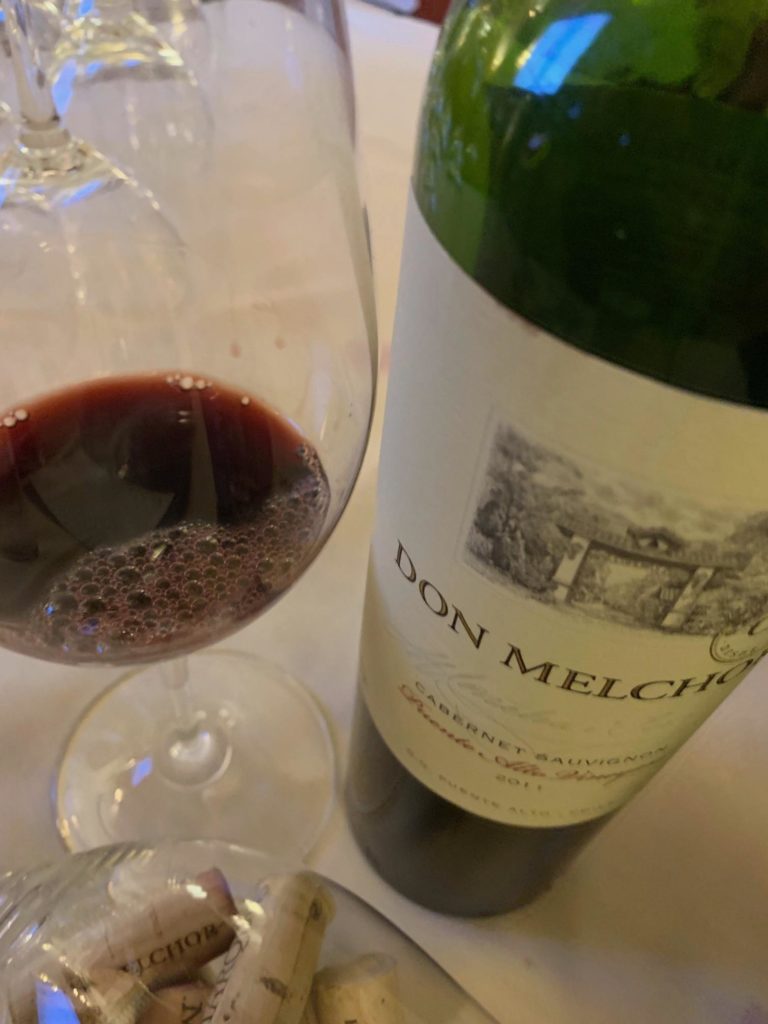
Chile
Chile is incredibly diverse. It is home to the Atacama desert, the highest, driest desert in the world. It lays claim to the Galapagos and Easter Islands as part of its possessions. On the other side of the world from the United States, their growing season is our winter, and their harvests are beginning just as we are clearing away the last of the snow.
Chile is a narrow strip of country covering over three thousand miles of the west coast of South America, yet rarely grows wider than a hundred miles across. Because of its incredible length, (laid over a map of the United States, it spans from Seattle to Miami and has miles more to go) this country has every climate you can imagine contained within its borders.
The wine growing region of Chile is a little over 800 miles long, and primarily sandwiched between the Coastal Range, a strip of mountains that hug the Pacific Coast, and the Andes Mountains, the range of shockingly rugged mountains defining not only the border of Chile, but the spine of the continent as well. In this valley, there is an incredible diversity of climate, ranging from high and dry on the mountain slopes where snow melt creates the needed water to feed the vines to low, warm and lush on the valley floors. Gaps in the Coastal Range allow the cool Pacific winds through in places, creating cool climates similar to Oregon’s Willamette Valley or France’s Burgundy.
History
It’s history with wine began with the Spanish conquistadors in the 16th century, who brought Vitis vinifera with them everywhere they laid claim to the lands. The Jesuit priests who followed in their footsteps cultivated the lands they settled, using the wines they made to celebrate the Eucharist. Although dominated by Spain through a great portion of its history, Chile’s wine history has been far more affected by the French, especially the Bordelaise. Prior to the phylloxera epidemic of the 1880’s, wealthy Chilean landowners travelled to Bordeaux, France and impressed by the wines, brought back both vine clippings and wine makers with them to recreate what they had found on their travels. It was these fledgling beginnings that opened the door to a host of French wine makers who, desperate for place to save their wines and vines when phylloxera devastated France, fled to Chile and turned a tragedy for the French into a boon for the Chilean wine industry.
Chilean vineyards flourished for decades, setting the stage for Chile to take its place in the world market of wines. However, political instability through the majority of the 20th century slowed progress to a crawl, and it wasn’t until the 1980’s, when a fledgling democracy and a favorable market to outside investment brought winemakers from around the world back to Chile. They came excited for the opportunity the lands of Chile could offer them, and brought with them world class wine making techniques, and all the money they needed to make their dreams of world class wines a reality. In the beginning of the 1980’s, Chilean wine was considered low quality and consumed almost entirely at home. By the turn of the century, less than twenty years later, Chile was amongst the world’s largest exporters of reasonably priced premium quality wines.
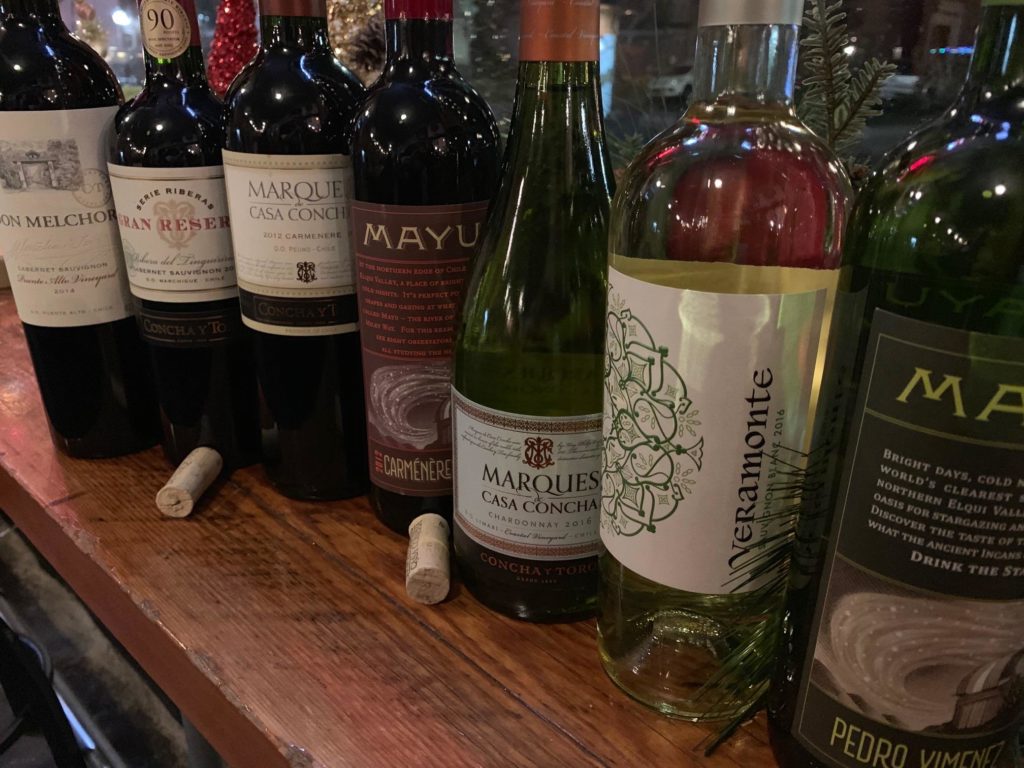
Wine Regions To Look For
Almost all of Chile’s wine growing regions are contained within an 800-mile corridor, centered on the capital city of Santiago. While there are a wealth of wine regions to keep an eye on as Chile grows and matures, these are some key regions to look for on your wine labels, areas that have distinction for a variety of reasons, and are worth putting in your shopping cart. Starting the furthest north and moving south, let’s begin with:
The Elqui Valley
Located 330 miles north of Santiago, brushing against the southern end of the Atacama desert, this area is noted for it’s promise as one the most commercially viable wine growing regions in Chile. Reaching deep into the Andes, this area contains some of the world’s highest vineyards, giving them some of the best and least occluded sunlight in the world. Using the river Elqui as a source of high quality water, this region has only been planted to wine grapes since the late 1990’s, and has been producing excellent results ever since. Mayu produces an inexpensive, yet deliciously crisp white wine from Pedro Ximenez, a grape varietal long relegated to the production of sherry.
Aconcagua Region
In the Aconcagua Valley, snow melt is captured to irrigate the vines in this arid landscape. Known for its red wines, this small growing region earned an international reputation in 2004, when Vina Errazuriz’s “Seña” placed ahead of both Chateau Lafite and Chteau Marguax in a blind tasting held in Berlin, Germany.
Casablanca Valley
Vines were first planted here in the 1980’s during the revitalization of Chile’s wine industry and quickly became known for its world class white wines. A cooler growing climate due to the Pacific Ocean creating a cool morning fog and higher cloud cover, makes with valley ideal for growing not only Chardonnay and Sauvignon Blanc, but also for the production of world class Pinot Noir.
Maipo Valley
Located directly across the Andes from Argentina’s most well-known wine region, the Mendoza province, the Maipo Valley is the heart of the Central Valley Region. This area surrounds the capital city of Santiago, and grows a wealth of rich red wines. Cabernet Sauvignon, Carmenere, and Merlot are the dominant grapes of this valley, and while most of the production is focused on creating reliable everyday drinking reds, this is also home to Don Melchor Cabernet Sauvignon, a wine that has won awards internationally for over twenty years.
Colchagua Valley
Located in the larger Rapel Valley District, the Colchagua Valley has the distinction of being among the best-known wine regions of Chile. Lying in the foothills of the Coastal Range in the west, breezes from the Pacific create a cool, Mediterranean climate with limited rainfall and desiccated soils perfect for growing wine grapes. This is an area that creates full bodied Malbecs, Syrahs, Carmeneres and Cabernet Sauvignons. Lapostolle Clos Alpalta is a world class Bordeaux blend from deep in the heart of the Colchagua Valley, winning 95 points from Robert Parker in 2015.
The Maule Valley
One of the larger growing regions in Chile, this area has a diversity of microclimates that can do justice to both reds and whites. Located less than 160 miles from the heart of Santiago, this wine region has the distinction of being one of the oldest and most diverse valleys. It’s proximity to Chile’s capital city also makes it very popular with producers of bulk wines and therefore the quality from this area can be variable. While wines bearing this region on their label can be stunningly great, they can also be simple and disappointing in the glass. Look for affordable wines such as the red blend Mariposa by Gillmore or any of the wines by Odfjell Orzada, particularly the stunning 2015 Organic Carignan.
Bio-Bio Valley
The Bio-Bio Region is the farthest south wine growing region of Chile, making it cooler and more rainy than almost any other area throughout Chile. Known mostly for production of low quality jug wines and growing huge quantities of simple Pais for box wines, the Bio-Bio Valley is none the less a region to keep your eye on in future. Crisp, aromatic whites are on the rise, and as more money flows into Chile, the produce of this region is only going to grow more refined.
The Future of Chile
Rising from the ashes of its socialist 20th century, Chile is attracting attention from around the world. Winemakers see the potential of quality land combined with a labor force eager for foreign investment. These are investors of note, with names to conjure with. Robert Mondavi, Chateau Lafite Rothschild, Chateau Mouton Rothschild – there are wines of incredible depths and complexity are on the horizon.
Chile has grown hugely in the past 40 years, and they have barely touched the surface in regards to what they are capable of. We have so much to look forward to from Chile, not only in the discovery of new lands being laid to vine, but also in the refinement that comes with generations of winemaker’s finding the perfect expression their lands possess. We live in exciting times, when wines like these are affordable, incredibly drinkable, and allow us the joy of exploring a part of the world just now finding its feet in the world market. So grab a bottle of Chilean wine to celebrate National Drink Wine Day, and know that no matter what you choose, there is another great bottle right around the corner!
Cheers!
EAI has advertising relationships with a few select companies. The referral links are below. If you click through and purchase something, EAI may receive a commission, at no additional cost to you. Click here for the full disclosure policy.

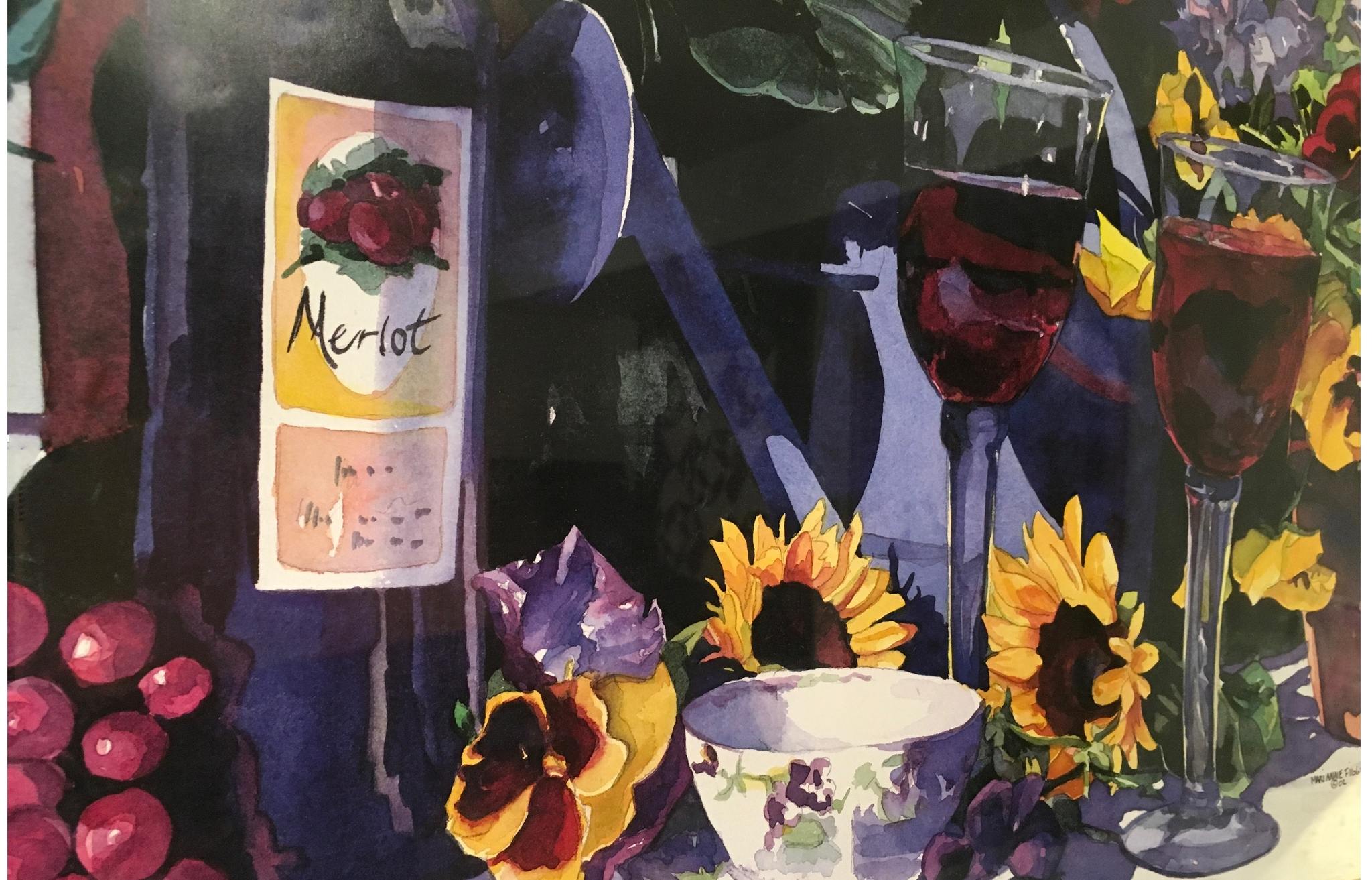








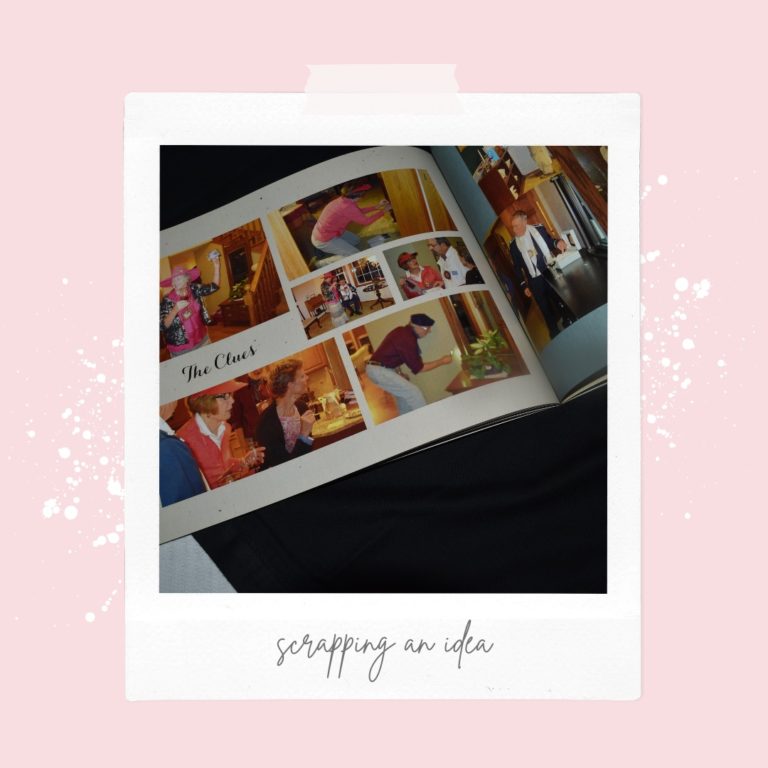
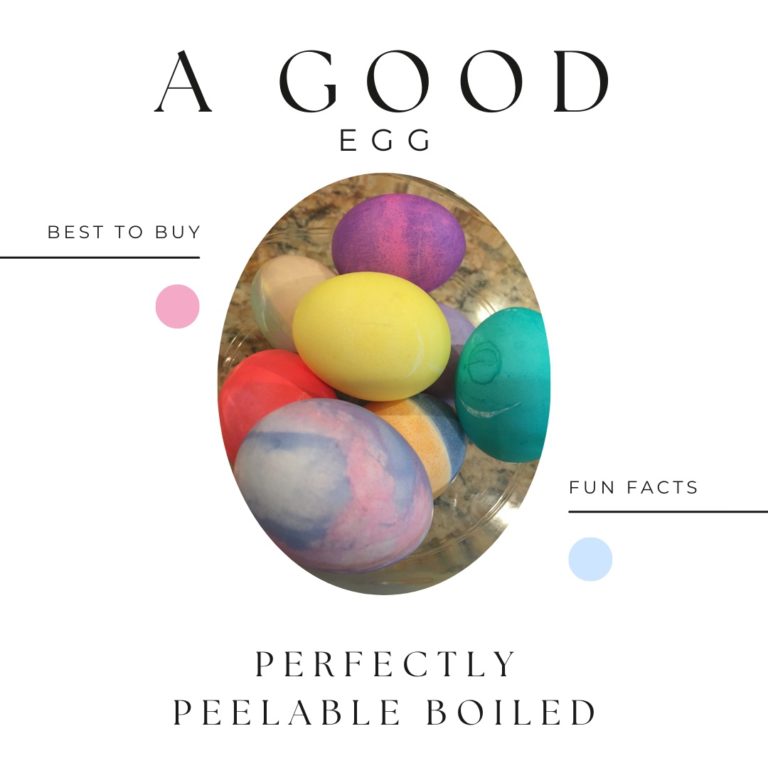
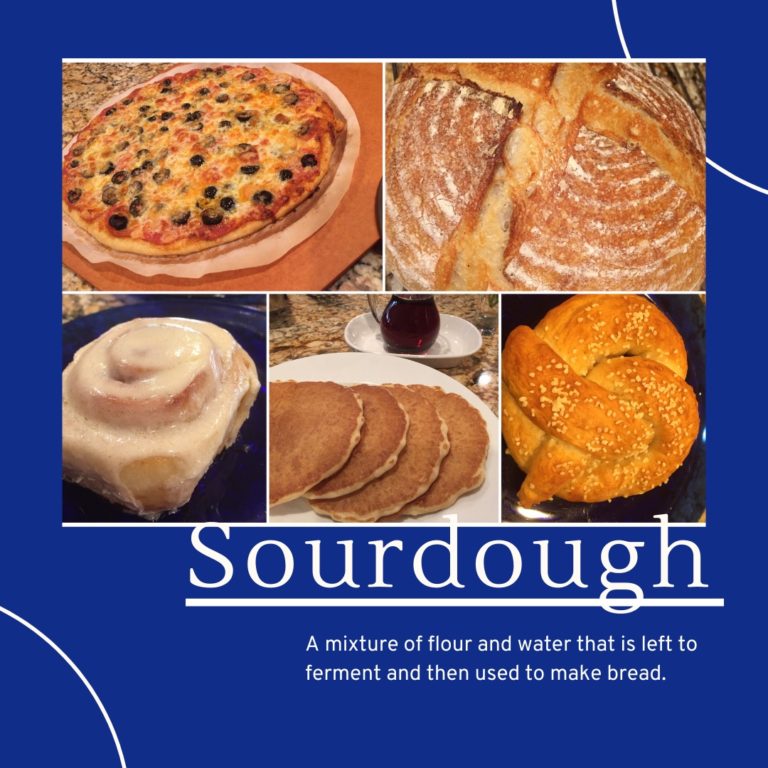
Pingback: FEBRUARY an idea - Entertaining An Idea